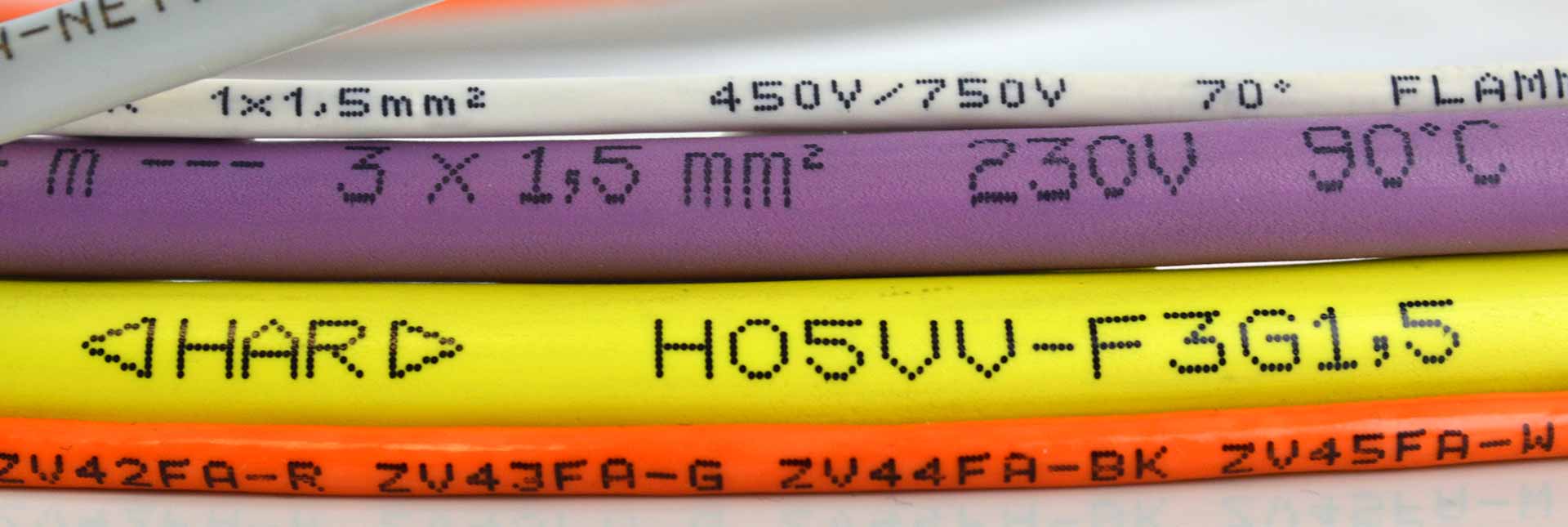

Articles
What Do The Letters On Electrical Wire Mean?
Modified: December 7, 2023
Looking for articles about what the letters on electrical wire mean? Get information and explanations in this informative article.
(Many of the links in this article redirect to a specific reviewed product. Your purchase of these products through affiliate links helps to generate commission for Storables.com, at no extra cost. Learn more)
Introduction
When you look at an electrical wire, you may notice a series of letters imprinted on its surface. Have you ever wondered what these letters mean? Are they simply random marks or do they serve a purpose? Well, fear not, because we’re here to shed light on the mystery behind these letters on electrical wire.
The letters on electrical wire actually have a purpose and are part of a coding system that provides important information about the wire’s properties and intended use. Understanding this coding system is not only helpful for electricians and electrical engineers, but also for DIY enthusiasts who want to ensure they are using the right wire for their projects.
In this article, we will delve into the purpose of the letters on electrical wire and explore the coding system used. We will provide examples of letter codes and discuss common mistakes to avoid when deciphering these codes. By the end of this article, you will have a clear understanding of what those letters on electrical wire actually mean.
Key Takeaways:
- Understand the letters on electrical wire to decode vital information about voltage rating, insulation material, and temperature rating. Avoid common mistakes and prioritize safety for successful electrical projects.
- The coding system on electrical wire provides essential details for selecting the right wire. Familiarize yourself with letter codes to ensure optimal performance and safety in electrical installations.
Read more: What Does 12/2 Electrical Wire Mean
The Purpose of Letters on Electrical Wire
The letters on electrical wire serve an important purpose in conveying vital information about the wire’s properties and intended use. They act as a shorthand code that helps electricians and engineers quickly identify and select the appropriate wire for their specific applications.
One of the primary purposes of the letters on electrical wire is to indicate the wire’s voltage rating. Different electrical systems operate at different voltages, and using the wrong voltage wire can lead to potential hazards and damage to the electrical system. The letter code helps ensure that the wire is compatible with the voltage of the system it is intended for.
Another important piece of information conveyed by the letter code is the wire’s insulation material. The insulation serves as a protective layer around the wire, preventing electrical shocks and short circuits. Different materials have varying electrical and heat resistance properties, so understanding the insulation material helps in choosing a wire suitable for specific applications.
The letters on electrical wire can also provide information about the wire’s temperature rating. Electrical systems generate heat, and the wire’s insulation must be capable of withstanding the temperatures produced. The letter code indicates the maximum temperature at which the wire’s insulation can operate safely, ensuring that it will not melt or degrade under normal operating conditions.
Furthermore, the letter code may indicate additional characteristics such as the wire’s flexibility, moisture resistance, and flame retardancy. These properties play a crucial role in determining the wire’s suitability for various environments and applications. For example, flexible wire may be necessary in situations where the wire needs to be bent or routed in tight spaces.
Overall, the purpose of the letters on electrical wire is to provide quick and essential information about the wire’s voltage rating, insulation material, temperature rating, and other important characteristics. By understanding these codes, electricians and engineers can make informed decisions and ensure the safe and efficient operation of electrical systems.
Understanding the Coding System
To decipher the letters on electrical wire, it is important to understand the coding system used. While there are variations in coding systems depending on the region, most codes follow a consistent pattern. Let’s explore the key elements of the coding system:
1. Voltage Rating: The first letter in the code typically represents the voltage rating of the wire. For example, the letter “T” may indicate a wire suitable for use in circuits with a voltage rating of up to 300 volts.
2. Insulation Material: The second letter in the code signifies the insulation material used for the wire. Common insulation materials include PVC (polyvinyl chloride), XLPE (cross-linked polyethylene), and THHN (thermoplastic high heat resistant nylon).
3. Temperature Rating: The third letter in the code indicates the maximum temperature at which the wire’s insulation can operate safely. For instance, the letter “W” might indicate a wire with a temperature rating of 90 degrees Celsius.
4. Additional Characteristics: In some coding systems, additional letters or numbers may denote specific characteristics of the wire. These characteristics can include flexibility, moisture resistance, flame retardancy, or specific industry certifications.
To determine the exact meaning of the letters in the coding system, it is recommended to refer to industry standards and regulations specific to your region. These standards provide a detailed breakdown of the coding system and ensure consistent interpretation.
It is important to note that the order and format of the letters in the coding system can vary. Some systems may use a different order or include additional letters or numbers to convey specific information. Therefore, it is crucial to refer to the appropriate documentation and consult with professionals when in doubt.
By understanding the coding system and deciphering the letters on electrical wire, you can effectively choose the right wire for your specific electrical applications. This knowledge ensures proper compatibility, safety, and optimal performance of electrical systems.
The letters on electrical wire indicate the type of insulation material. For example, THHN stands for Thermoplastic High Heat-resistant Nylon. Always check the wire’s markings to ensure it’s suitable for your project.
Examples of Letter Codes
To further illustrate the coding system used in electrical wire, let’s take a look at some examples of letter codes and their corresponding meanings:
1. NM-B: This code is commonly used for non-metallic sheathed cable, also known as Romex. The “NM” stands for “non-metallic” and indicates that the wire is insulated with PVC. The “B” represents a temperature rating of 90 degrees Celsius.
2. THHN: This code is often used for single conductor wires. The “T” signifies that the wire has a thermoplastic insulation, while the “HH” denotes that it has a heat-resistant nylon coating. The final “N” indicates a temperature rating of 90 degrees Celsius.
3. UF-B: This code is commonly used for underground feeder cables. The “U” stands for “underground,” indicating that the wire is suitable for direct burial applications. The “F” represents a moisture-resistant jacket, and the “B” signifies a temperature rating of 90 degrees Celsius.
4. AC: This code is used for armored cable, also known as BX cable. The “A” denotes the presence of an aluminum armor layer for mechanical protection. The “C” indicates a temperature rating of 60 degrees Celsius.
5. MTW: This code is often used for machine tool wire. The “M” stands for “machine tool,” indicating its suitability for use in machinery. The “T” signifies a thermoplastic insulation, and the “W” represents a temperature rating of 60 degrees Celsius.
These examples highlight the importance of understanding the letter codes on electrical wire. By decoding the letters, you can determine the wire’s insulation material, temperature rating, and other crucial characteristics, allowing you to select the appropriate wire for your specific electrical needs.
Common Mistakes to Avoid
Deciphering the letters on electrical wire can sometimes be a challenging task, especially for those who are not familiar with the coding system. To help you avoid common mistakes and ensure accurate interpretation, here are some key points to keep in mind:
1. Making Assumptions: One common mistake is assuming that the letters on electrical wire have universal meanings. However, codes can vary depending on the region, manufacturer, and specific standards in use. It is essential to refer to the appropriate documentation and consult professionals when in doubt.
2. Ignoring Regulatory Standards: Different countries and regions may have specific regulations and standards governing the coding system for electrical wire. It is crucial to familiarize yourself with these standards and follow them to ensure compliance and safety.
3. Neglecting Temperature Ratings: The temperature rating of the wire’s insulation is a crucial factor to consider. Using wire with an inadequate temperature rating can lead to insulation failure and potential hazards. Always verify that the wire’s temperature rating matches the demands of the intended application.
4. Overlooking Additional Characteristics: In addition to voltage rating, insulation material, and temperature rating, there may be additional letters or numbers indicating specific characteristics of the wire. These characteristics can impact its suitability for certain applications. Pay attention to these additional codes to ensure you are using the right wire for your needs.
5. Misinterpreting Abbreviations: The coding system often relies on abbreviations and acronyms. Misinterpreting these abbreviations can lead to selecting the wrong wire for your purpose. Take the time to research and understand the meaning behind each abbreviation used in the letter codes.
6. Disregarding Professional Advice: If you are unsure about the interpretation of letter codes or the suitability of a wire for your specific application, it is always best to consult with a qualified electrician or engineer. They can provide expert guidance and ensure that you make informed decisions.
By avoiding these common mistakes, you can accurately decipher the letters on electrical wire and select the appropriate wire for your electrical projects. It is essential to prioritize safety, compliance, and performance when working with electrical systems.
Read more: What Is 4 Wire Electrical Wire
Conclusion
The letters on electrical wire may seem like a cryptic code at first, but understanding their purpose and meaning is essential for anyone working with electrical systems. These letters serve as a shorthand way to convey crucial information about the wire’s properties, voltage rating, insulation material, temperature rating, and other important characteristics.
By familiarizing yourself with the coding system and deciphering these letter codes, you can make informed decisions and ensure the safe and efficient operation of electrical systems. Avoid common mistakes such as making assumptions, neglecting temperature ratings, and misinterpreting abbreviations. Instead, refer to industry standards, consult with professionals, and follow regulatory guidelines to ensure compliance and safety.
Whether you’re an electrician, engineer, or a DIY enthusiast, understanding the letters on electrical wire empowers you to select the right wire for your specific needs and avoid potential hazards. By using the appropriate wire with the correct voltage rating, insulation material, and temperature rating, you can ensure optimal performance and longevity of your electrical installations.
So, the next time you come across those seemingly random letters on electrical wire, remember that they have a purpose and convey vital information. Take the time to decipher the code and make informed choices for the safety and efficiency of your electrical projects. With a clear understanding of the coding system, you can confidently navigate the world of electrical wire and ensure successful outcomes in your electrical endeavors.
Frequently Asked Questions about What Do The Letters On Electrical Wire Mean?
Was this page helpful?
At Storables.com, we guarantee accurate and reliable information. Our content, validated by Expert Board Contributors, is crafted following stringent Editorial Policies. We're committed to providing you with well-researched, expert-backed insights for all your informational needs.
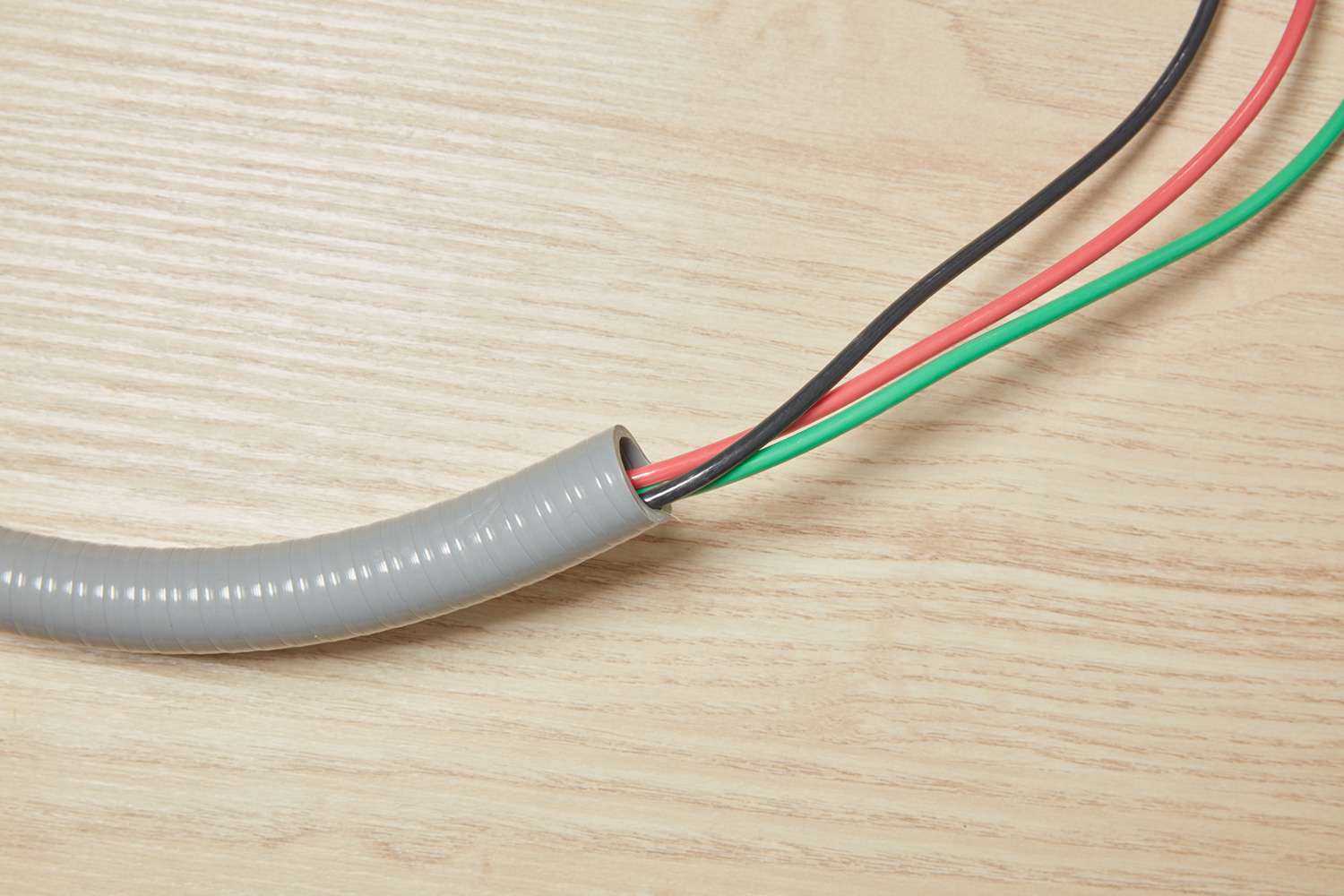
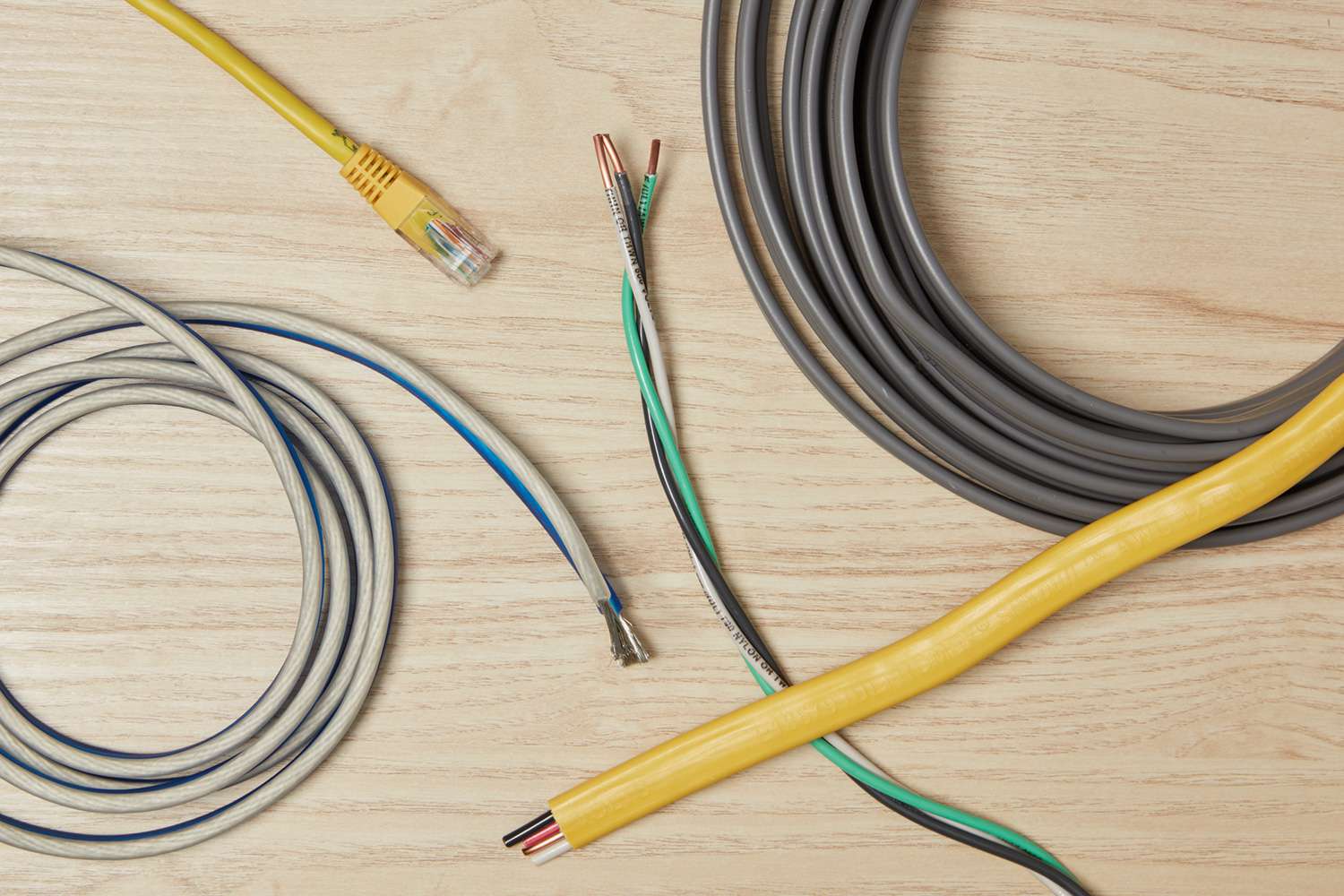
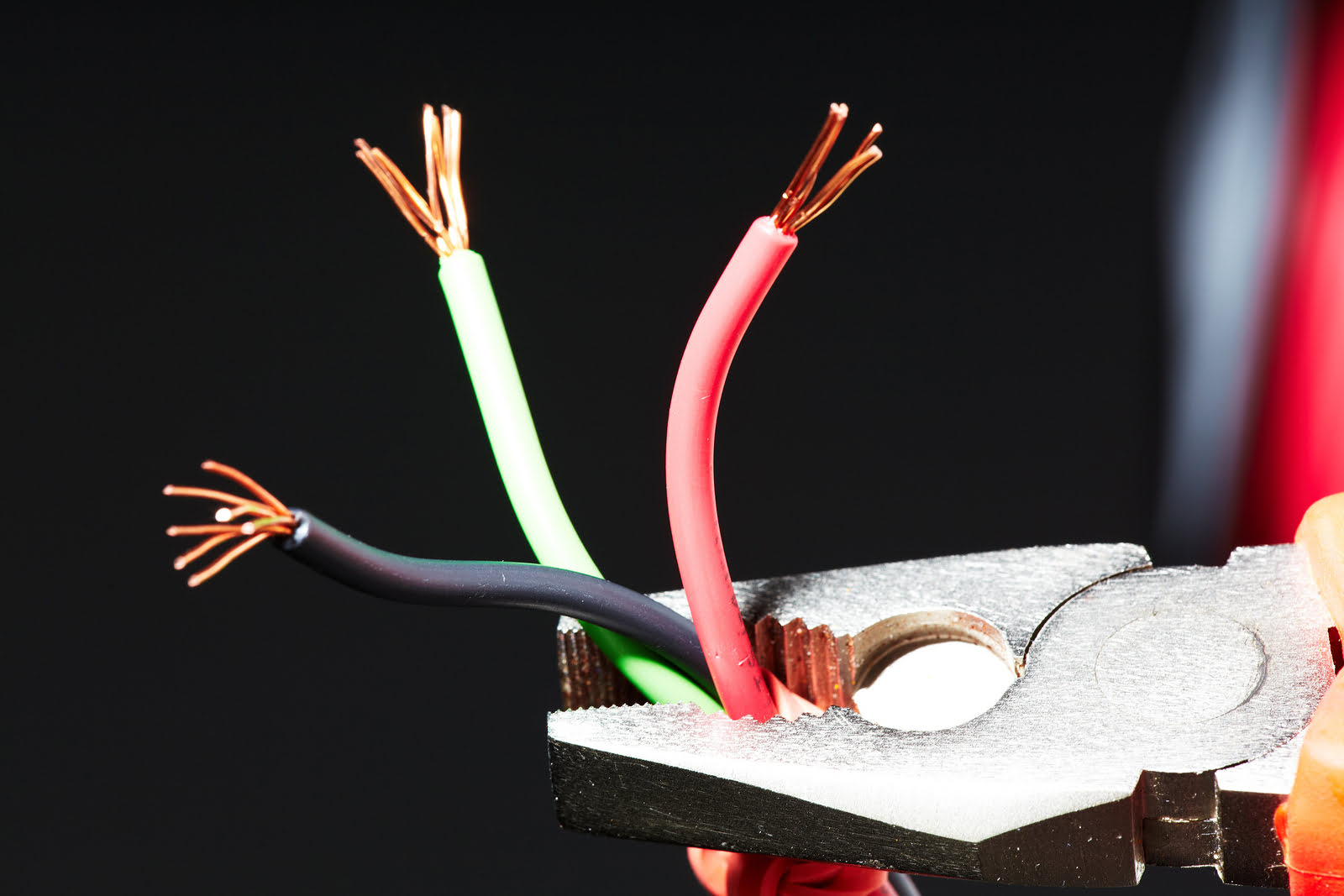


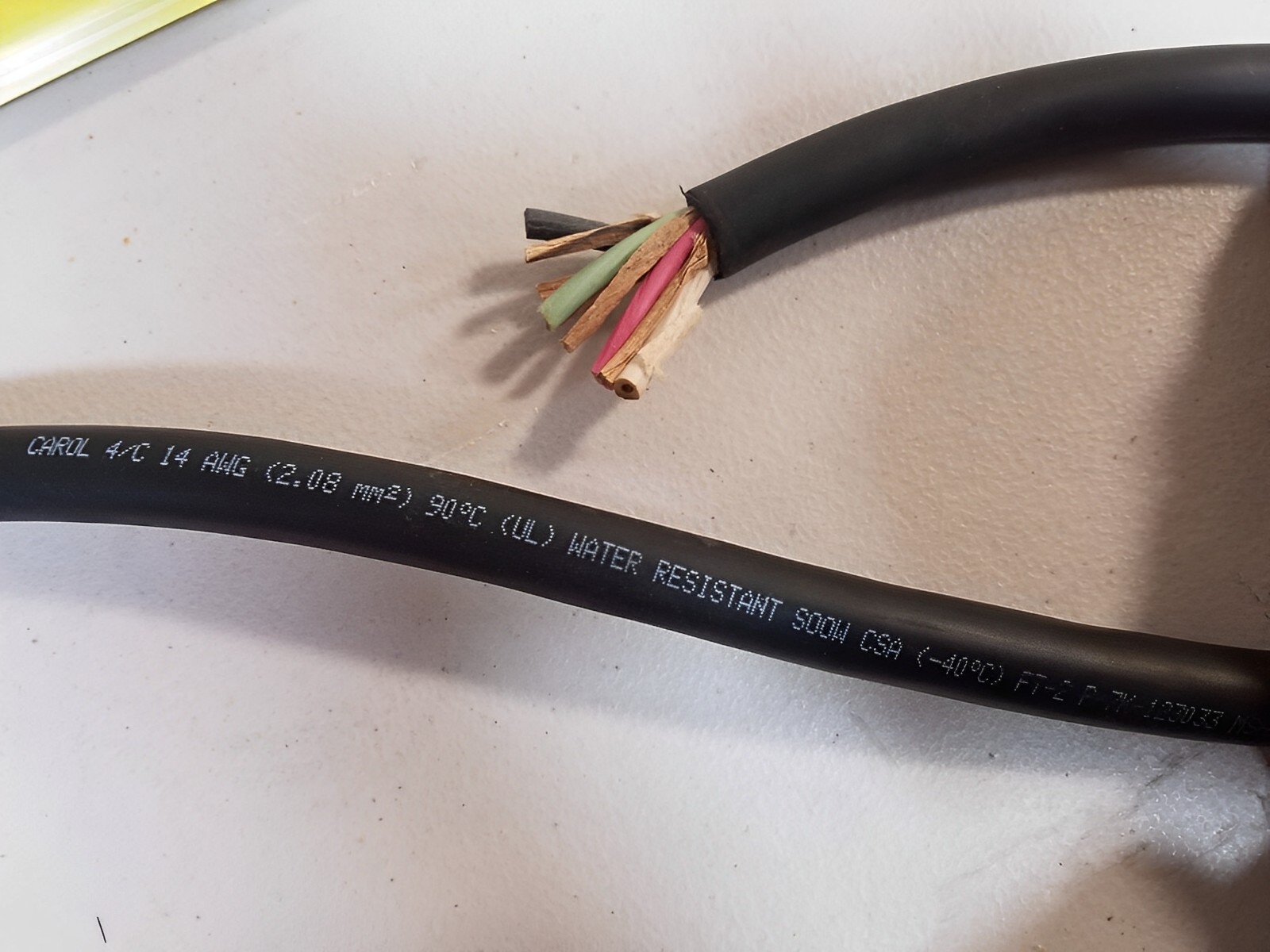

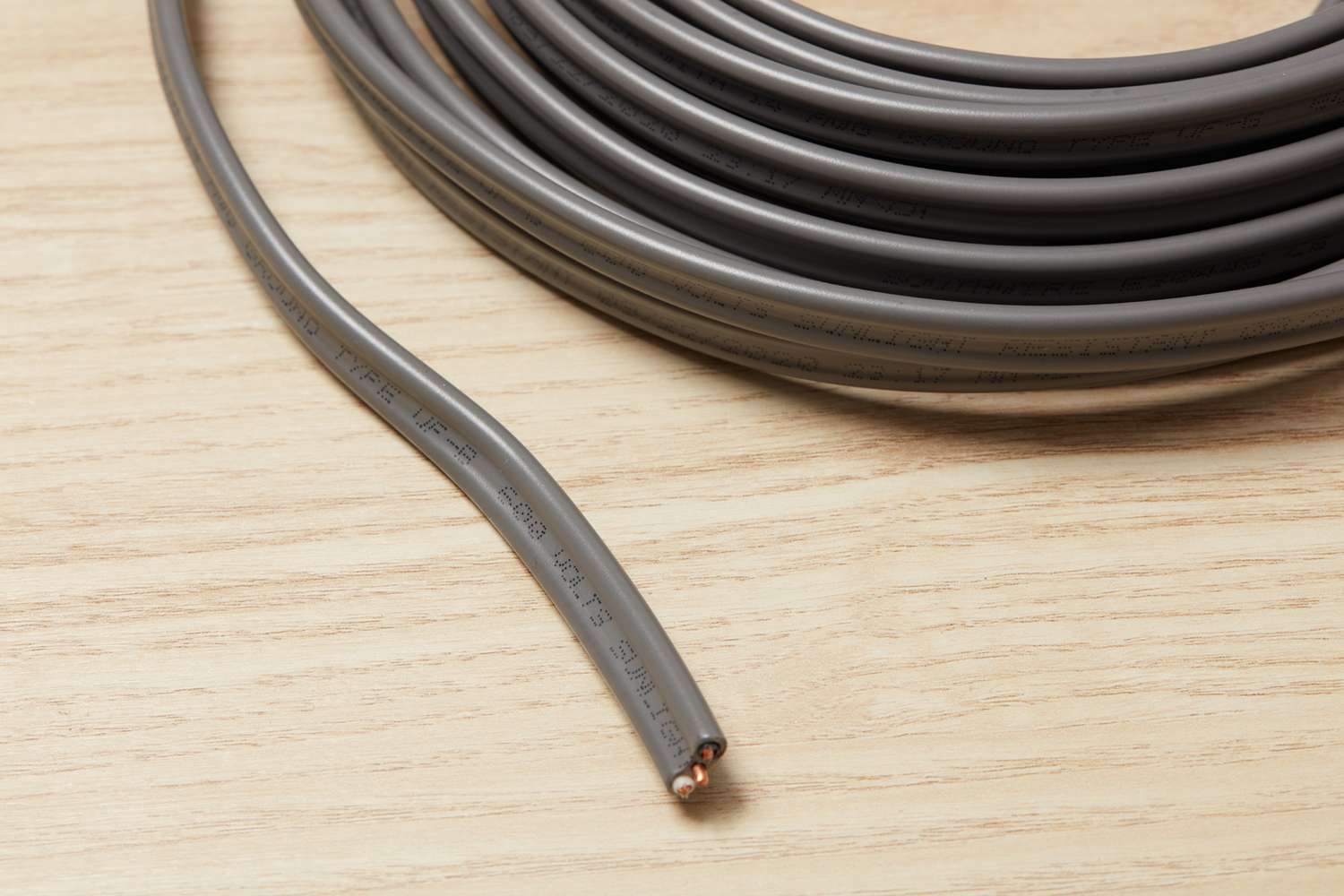


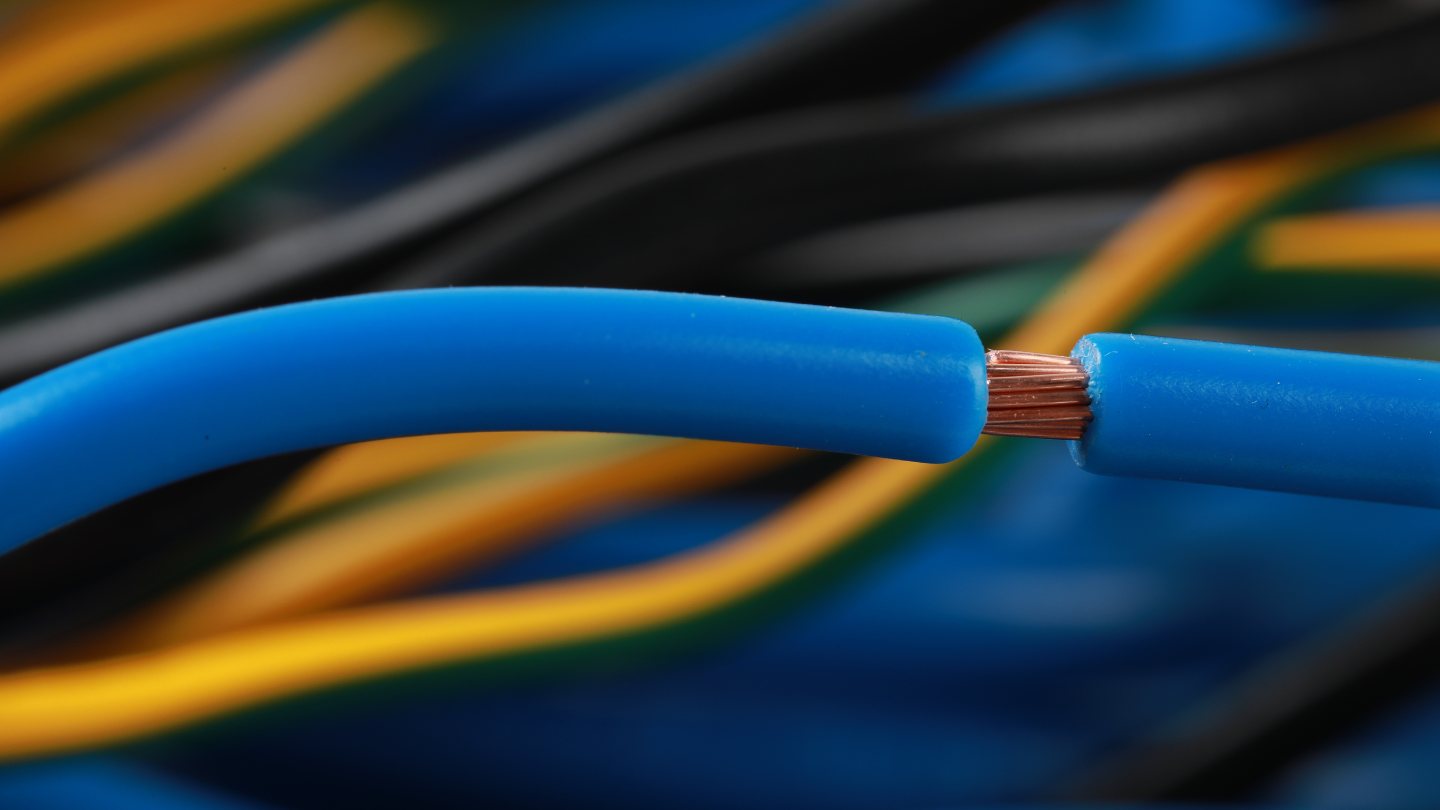


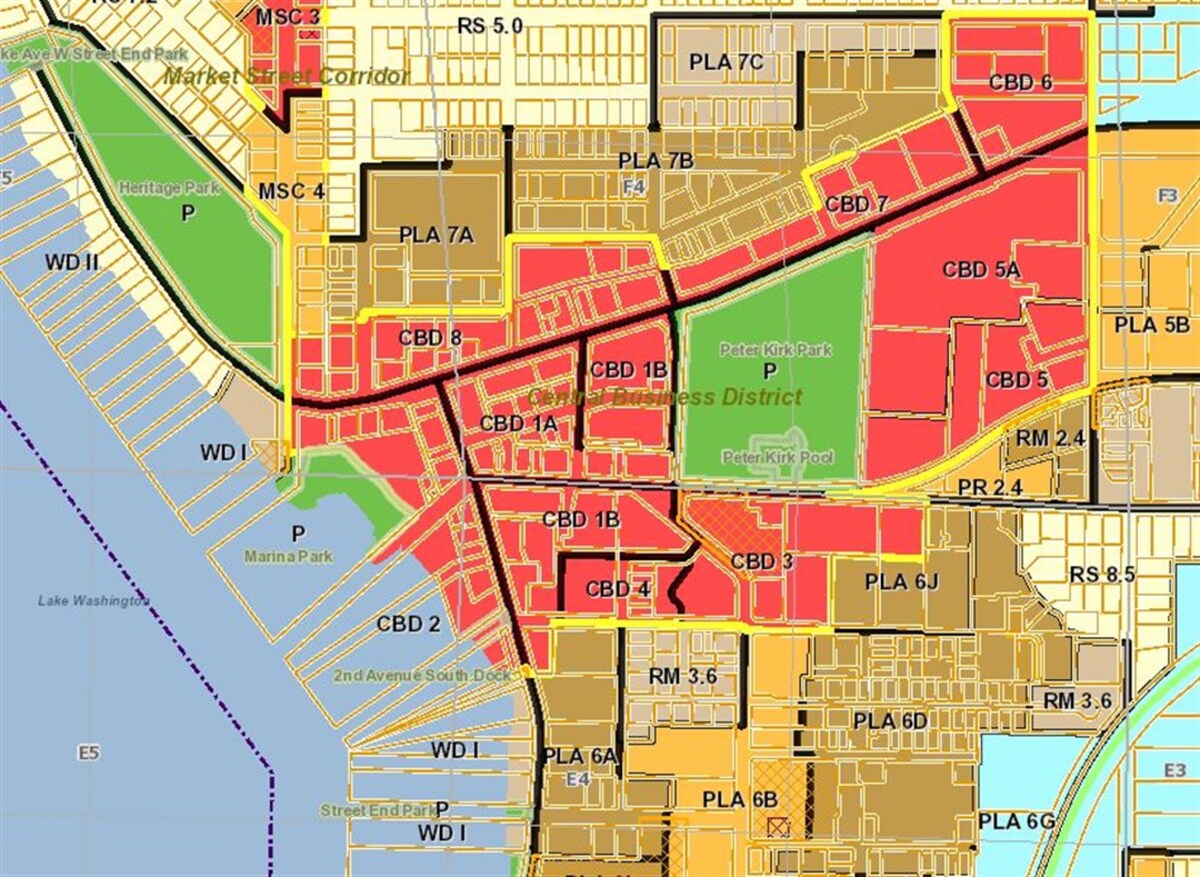

0 thoughts on “What Do The Letters On Electrical Wire Mean?”